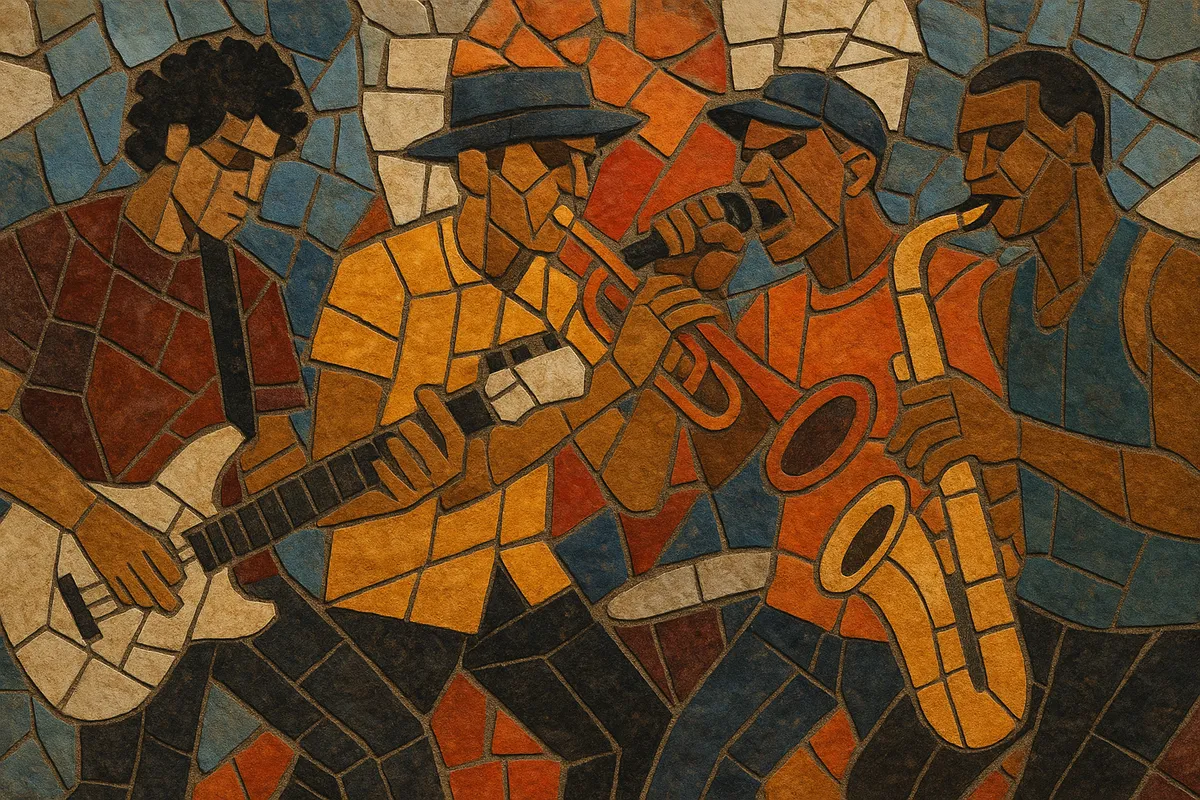New tone is a 1990s Italian offshoot of the third‑wave ska movement that blends the skanking guitar and horn riffs of Jamaican ska and rocksteady with the energy of punk rock and the groove of reggae and dub.
Compared with late‑1970s UK 2 tone, new tone tends to be more eclectic: Italian bands frequently add raggamuffin/toasting, rap passages, and funk influences, often sung in Italian (and sometimes local dialects). The result is an upbeat, dance‑ready style that can move fluidly between laid‑back one‑drop rhythms and high‑tempo punk drive while retaining hook‑forward, brass‑led arrangements.
New tone emerged in Italy in the early 1990s as local bands absorbed the legacy of UK 2 tone and the broader third‑wave ska scene while reconnecting with Jamaican ska, rocksteady, and reggae. Italian groups embraced brass‑driven arrangements and the ska skank, but also reflected domestic punk and alternative rock circuits, bringing a rawer, DIY spirit to the sound.
Throughout the 1990s, new tone became a visible live phenomenon in Italian clubs and festivals. Bands expanded the palette with dub‑style production touches, intermittent rap or toasting sections, and funkier basslines. Lyrics often alternated between everyday street narratives, political or social themes, and tongue‑in‑cheek humor—delivered in Italian or regional dialects. The scene’s vitality was amplified by energetic horn sections, crowd‑interaction, and a strong emphasis on danceability.
By the 2000s, new tone had helped solidify an Italian identity within the global third‑wave ska ecosystem. Its blend of ska, punk, reggae, and rap informed subsequent Italian ska‑punk, rap‑inflected ska, and crossover live acts. The style remains a touchpoint for contemporary Italian groups that mix ska rhythms with modern pop‑punk production and occasional hip‑hop features.


